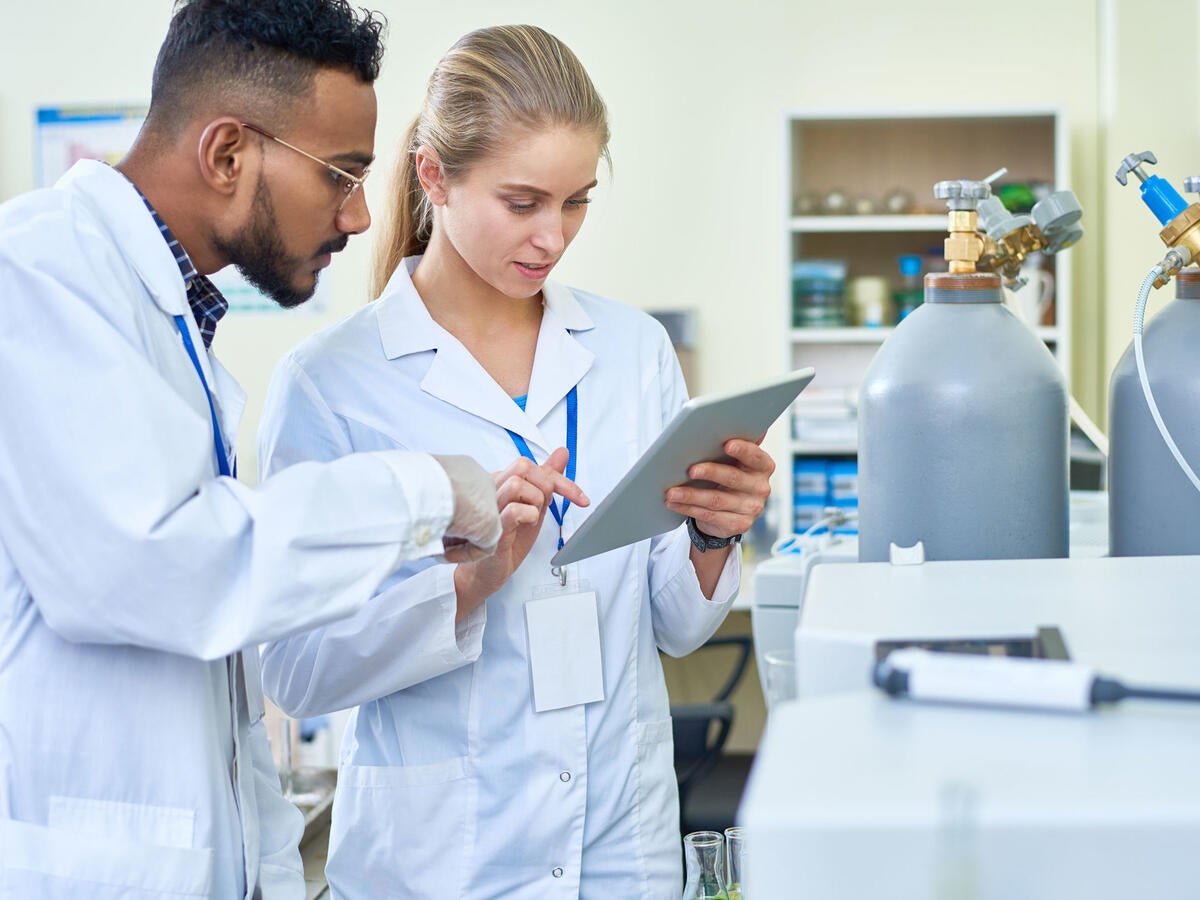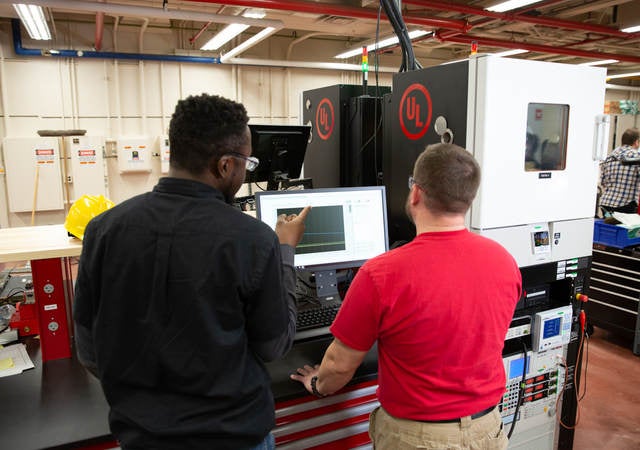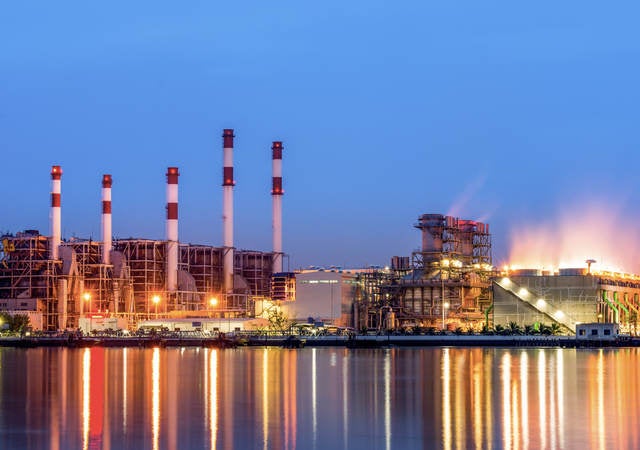Expertise and research services help keep safety ahead of innovation
We drive global research to continually advance and meet ever-evolving product safety, performance and interoperability needs. You can leverage our expertise and extensive research services for your specialized area of focus and benefit from our dedication to science to help establish manufacturing best practices.
Sharing information, education and best practices is the backbone of our industry. That’s why we’re active members of industry associations and codes and standards committees, such as the American Petroleum Institute (API), International Electrotechnical Commission (IEC), Institute of Electrical and Electronics Engineers (IEEE) and NFPA. When you work with us, you’re uniquely positioned to learn from other leading stakeholders, from manufacturers to inspection and regulatory authorities, instrumental in moving the industry forward. As industry needs change and technology evolves, we are involved in studying and sharing the potential impacts on markets, customers, standards and, above all, safety.
At our state-of-the-art research facilities—including the only laboratory in the world for explosive dust testing involving grain and magnesium dust—we are committed to helping keep safety ahead of innovation.
HazLoc safety science research overview
Hazardous locations safety science research is a growing challenge around the world. Research has served as the foundation for our hazardous locations services since the early days of UL Solutions.
Our first hazardous locations bulletin of research was published in 1937 on the topic of floating dust in grain elevators. Over the subsequent decades, hazardous locations research has spanned a variety of explosion protection issues. One key research effort involved the determination of explosive properties of dust based on testing, utilizing a custom-designed vessel.
Another key research effort involved the determination of explosive properties of chemicals based on testing, utilizing a custom-designed vessel known as the Westerberg Explosion Test Vessel (WETV). This research into explosive properties served as the basis for the current grouping of materials in National Fire Protection Association (NFPA) 70 and NFPA 497.
Recent research efforts are focusing on issues such as measuring temperatures on LED array surfaces, ignition properties of alternative refrigerants, spark ignition test results involving elevated temperatures, and current flow through combustible dusts.
New research opportunities are always under consideration. Contact us if we can help your company or your industry.
Get connected with our sales team
Thanks for your interest in our products and services. Let's collect some information so we can connect you with the right person.






